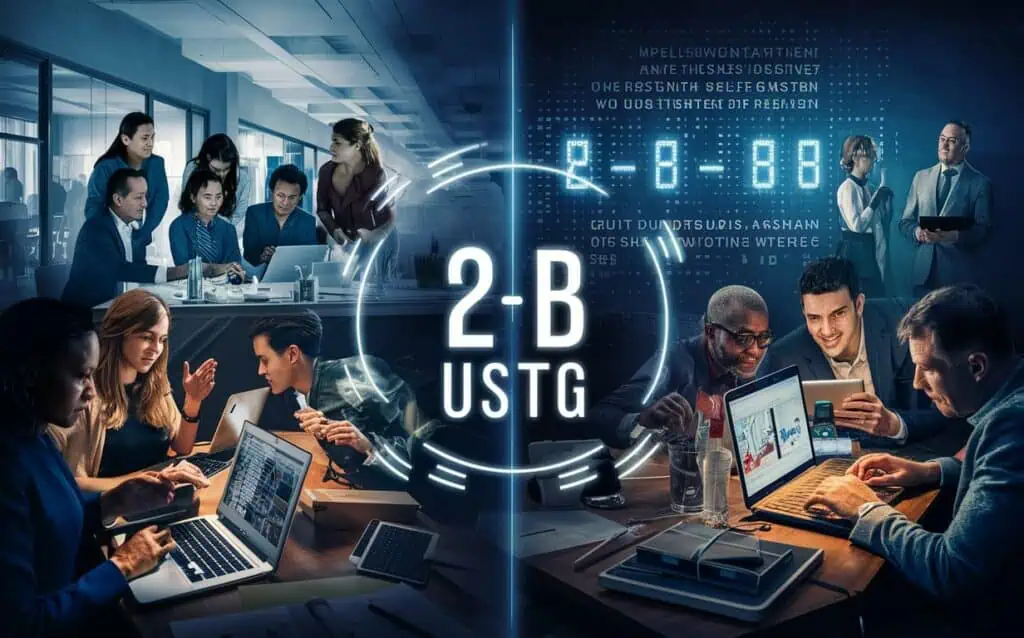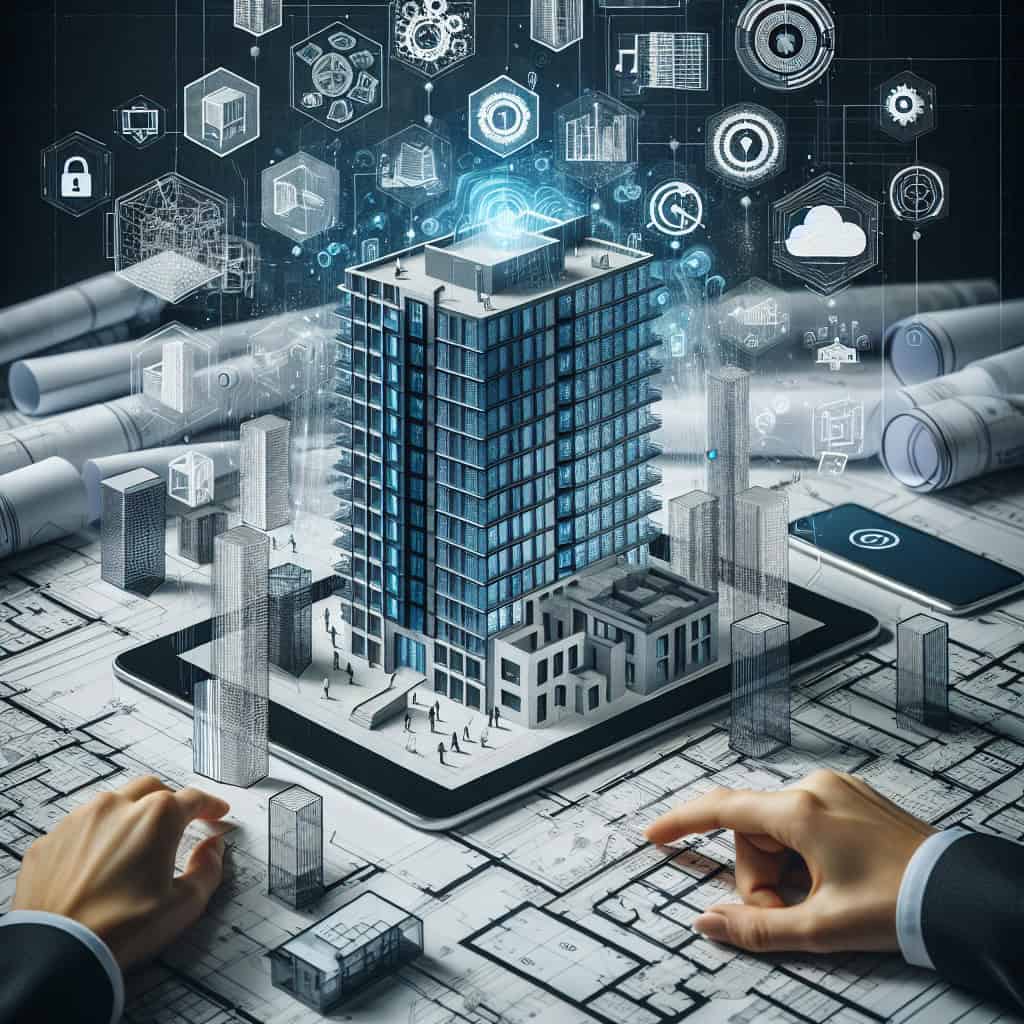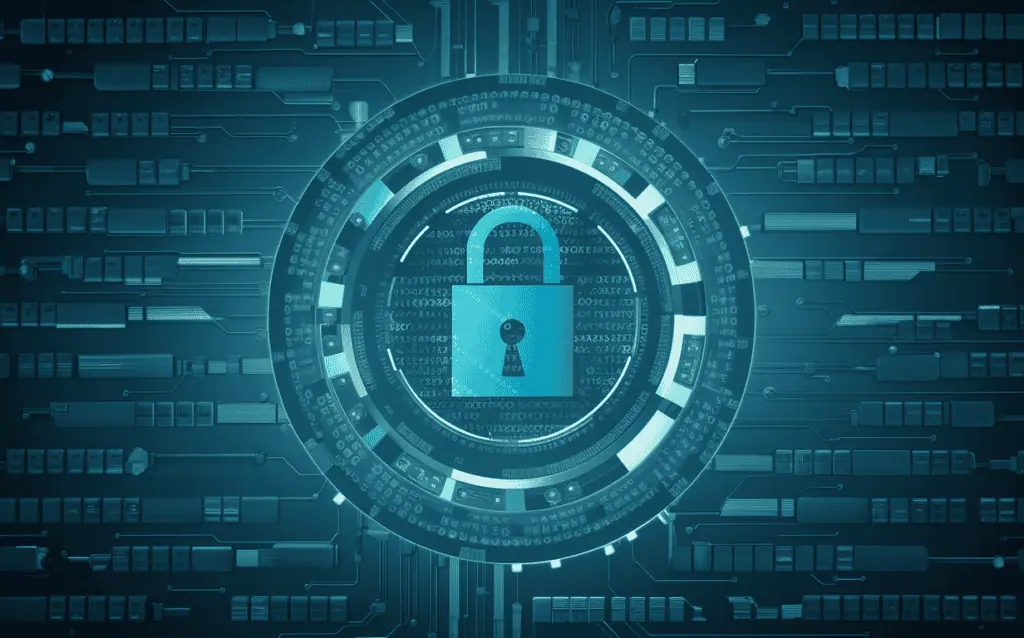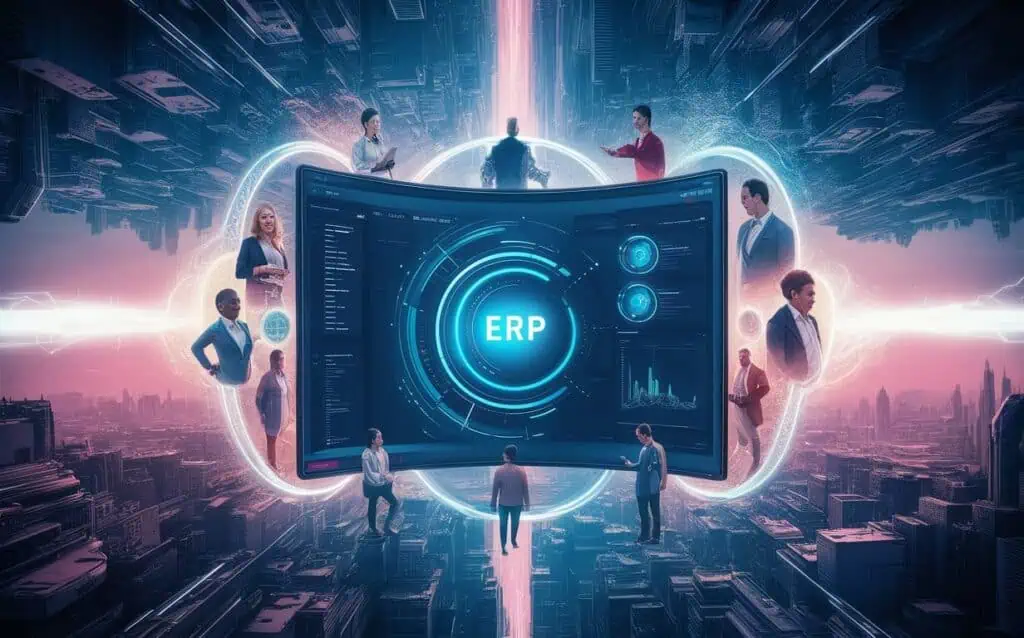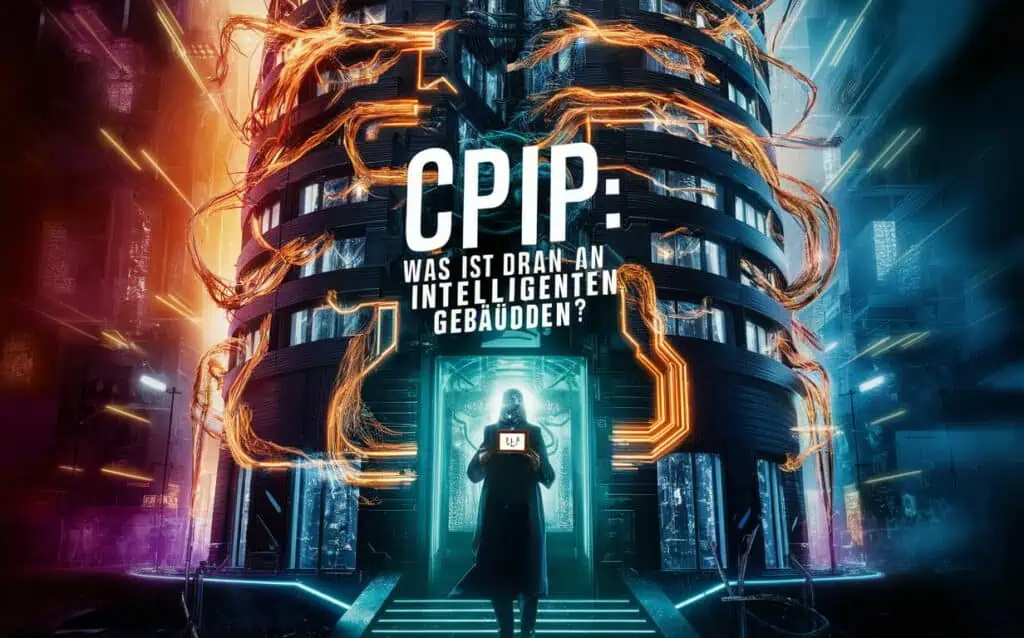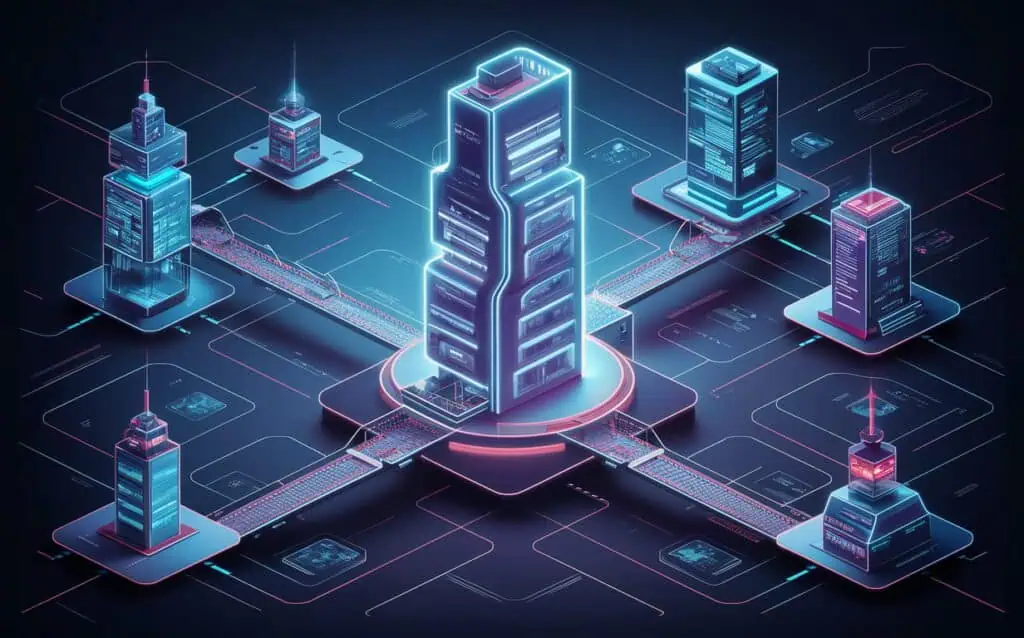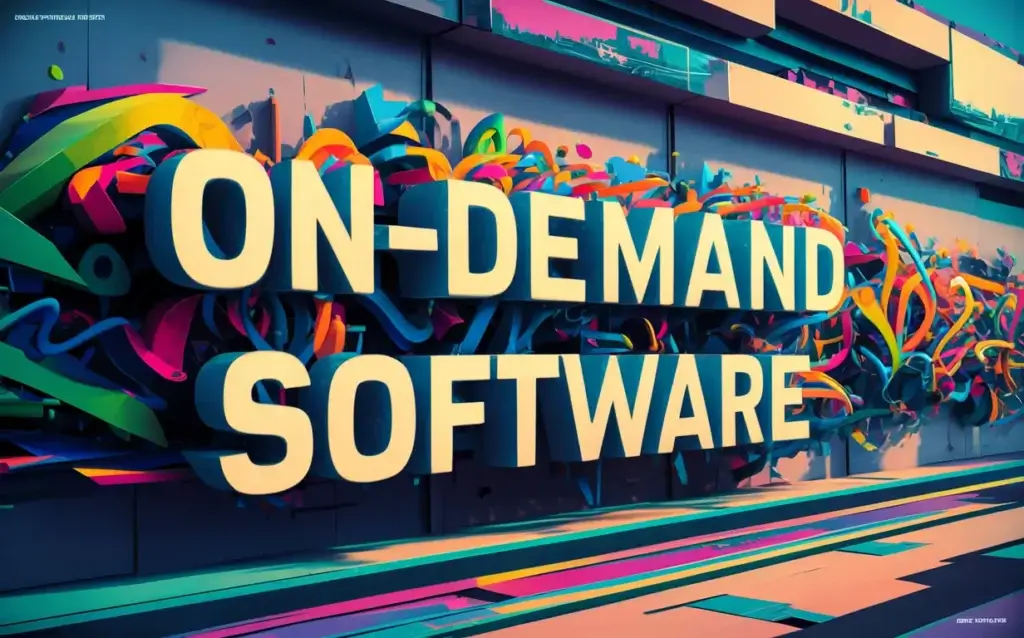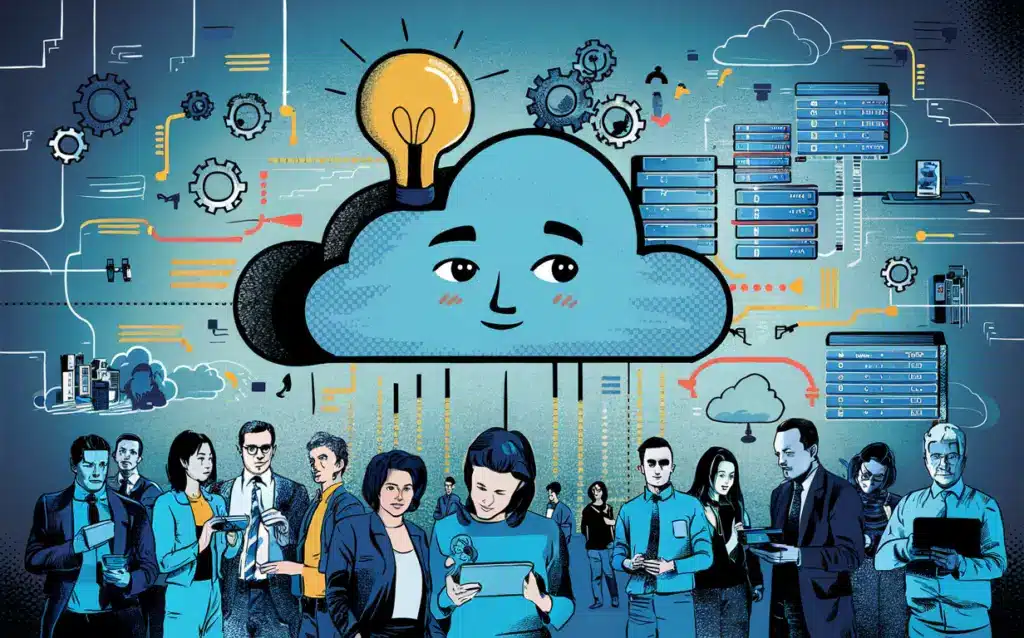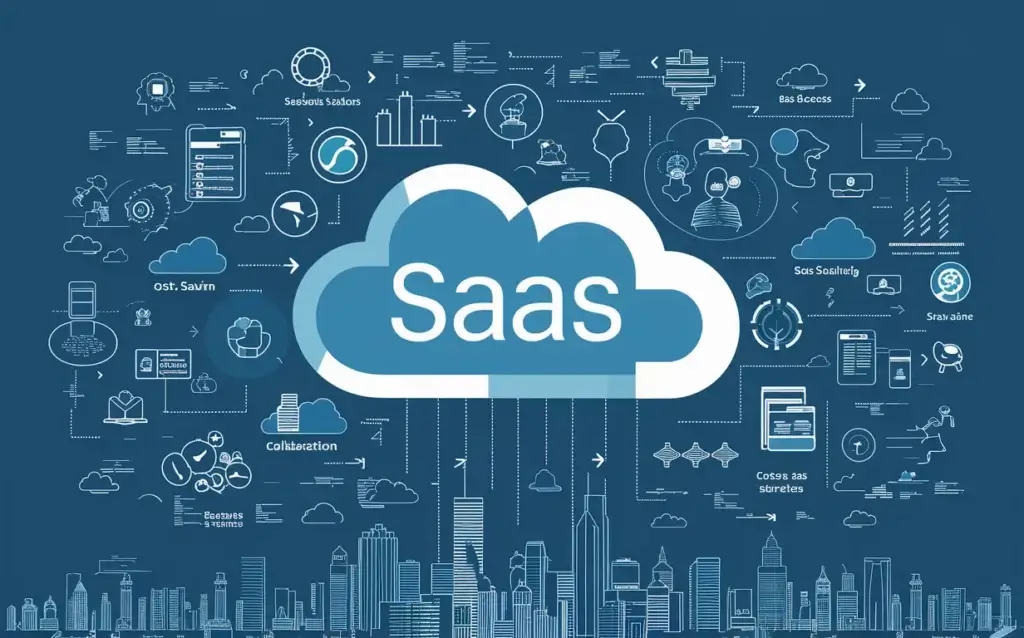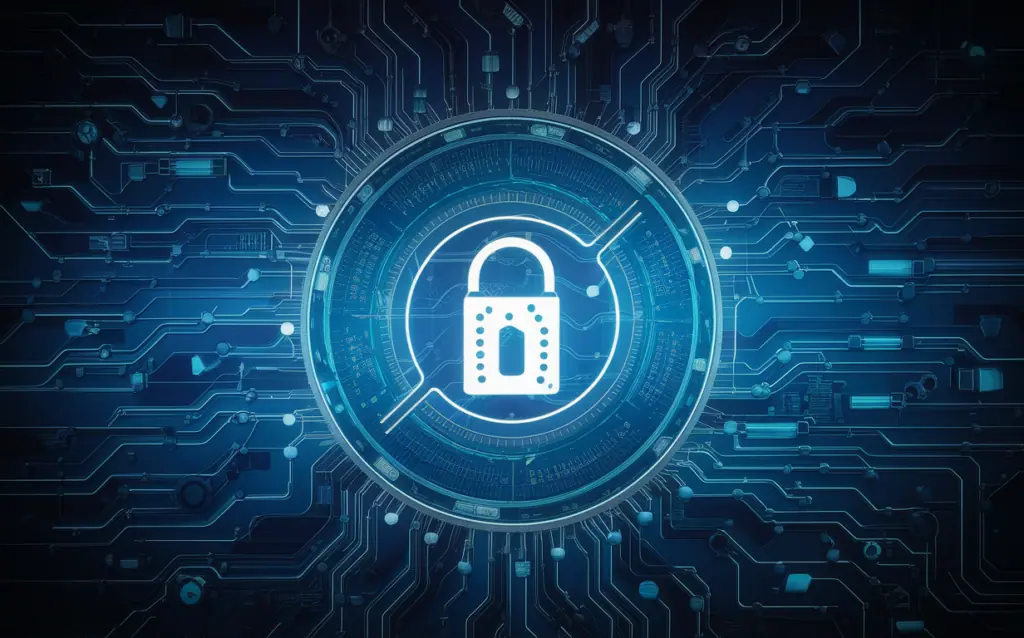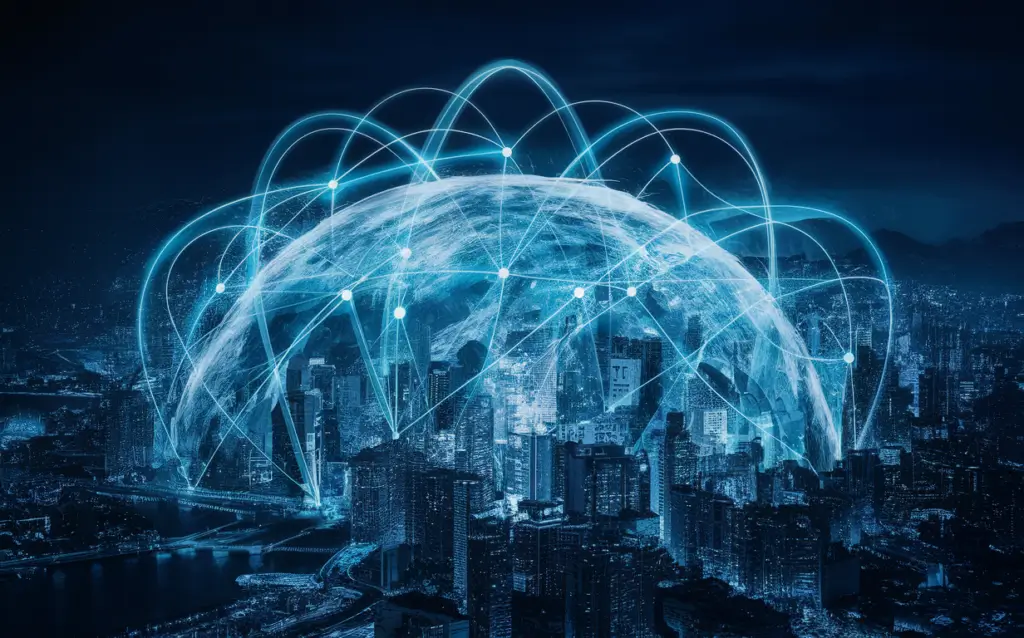BIM2FM: Information exchange along the building life cycle
Building Information Modelling to Facility Management (BIM2FM) is an advanced process for integrating building data over the entire life cycle of a building. This method optimises the planning, construction, operation and maintenance of buildings. BIM2FM enables all relevant building information to be captured and managed in a digital model, resulting in more efficient and cost-effective building management. The BIM2FM approach includes the capture and management of all building-relevant data and information. This includes geometric [...]
BIM2FM: Information exchange along the building life cycle Read more »


